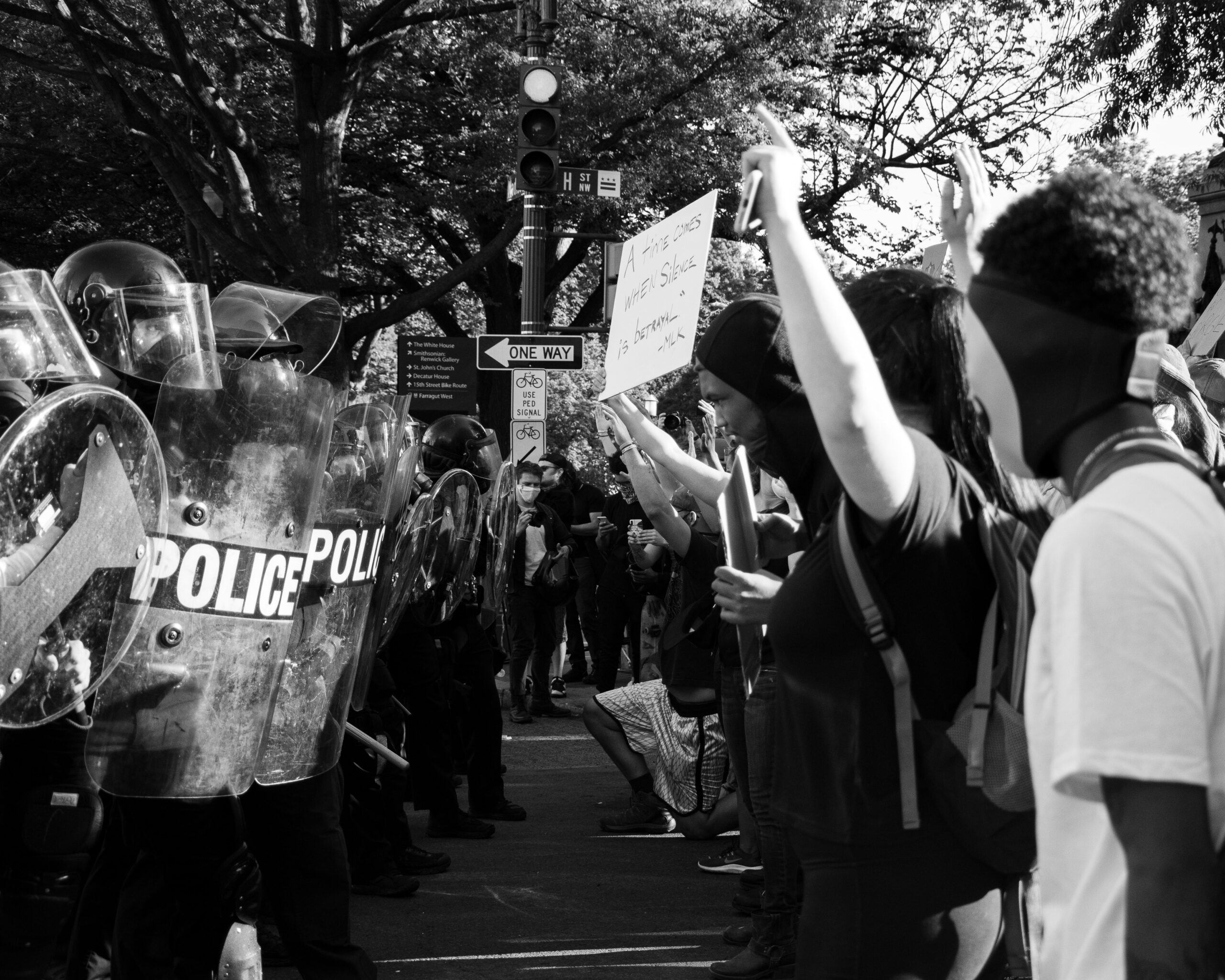By Noah Brasseur
The staff of the Delta Collegiate call for a restructuring of the police training system as a means to end police brutality. With the recent killing of Tyre Nichols, who was brutally beaten during a traffic stop, it is clear that the current law enforcement system in the U.S. has fundamental flaws that must be addressed.
The consequences of ignoring the issue have been and continue to be demonstrably deadly.
A nonprofit organization called Mapping Police Violence is dedicated to tracking police killings. 2022 was the worst year in the past decade for deaths, a total of 1,192 people were slain. There were only 12 days out of the year had no recorded deaths by an officer.
Additionally, and frighteningly, Nichols’ story is not unique. Around 7% of deaths involving law enforcement began with a mere traffic stop.
Some may think that in all of these scenarios the police were justified in their use of force. That, in each case, the officer was helplessly trapped in a life-or-death situation. This is simply not true. In roughly a quarter of cases, the slain were attempting to flee in some manner from the police.
Why did they not just comply? They would still be alive if they just followed the officer’s orders, right?
Consider the case of Adam Toledo, who was only 13 years old when he encountered an officer. Toledo had been carrying a weapon when he was commanded to show his hands. The boy dropped his gun, and put his hands up next to his head. He was shot and killed moments after.
Another example is Ryan Whitaker. He is a 40-year-old who had the police summoned to his apartment after a noise complaint. He answered the door with a gun. Upon realizing he was speaking with an officer he set the weapon aside and laid on the ground, hands empty. Whitaker was also shot and killed.
Even when one complies, they have a very real chance that they may die, despite doing everything right.
And sometimes, the situation is completely out of the officers hands. Sometimes its just pure error on the part of the officer that costs a life.
Take, for instance, Daunte Wright. He was fatally shot after an encounter with the police who mistook their gun for a taser. Nothing could have changed this situation except a change in training for law enforcement.
All of these examples indicates a certain degree of carelessness that seems to surround law enforcement, a certain recklessness that proves to be fatal to an unconscionable degree. In fact, the U.S. has the seventh highest police killing rate in the world, beating out countries such as Afghanistan.
Yes, a country that is run by the Taliban, with who we fought for two decades, has less police kills than the U.S.
The obvious objection there is that America has millions more people than Afghanistan. Of course the U.S. would have a higher rate because there is more officers, and more criminals too. Confrontations are just more likely.
Even still, if you take the police killing rate per capita (that is, how many people are killed by the police out of ten million people), the U.S. places far above comparable nations. The U.S. has a rate of about 28 out of 10 million people killed by the police. While Canada has under ten people.
A closer comparison would be Mexico, who have 30 people killed by the police. You know, the same police that have been said to have officers who are also part of a cartel? Not exactly the law enforcement group you would want to emulate.
So what exactly has gone wrong with American law enforcement?
Much of what is at play here comes down to a simple lack of training.
On average, an American officer spends about 21 weeks in training. For comparison, the average college semester takes about 16 weeks, only about a month less time.
Canadian officers, who as previously stated have a much lower rate in fatal police encounters, takes upwards of half a year to complete their training.
Additionally, the U.K., who have a fatal encounter rate of only .5 per 10 million people (yes, you read that right, the decimal is meant to be there), train for around three years.
There are a couple other things that the U.K. does regarding its police that beat out the U.S.
For one, the British expect constant training. That means it is an expectation that the police will still be learning how to be better officers while they are already a law enforcement agent by attending classes. This is not expected in America.
The U.K. requires at least a college-level degree. America typically requires no more than a high school diploma.
It should be obvious that the training American officers get is terribly insufficient, to put it lightly. It is so bad, in fact, that the only countries that have a lower bar to joining the police is Iraq and Afghanistan-and the latter has a lower death rate than the U.S. anyways!
Even dismissing the extremely poor training times and horribly lackluster requirements, the actual quality of the training the police receive is dismal as well.
Police are taught to be on constant vigilance as they fight for their lives in the most dangerous occupations outside the military. They are taught by people, who more often than one would want to believe, have ties to extremist groups. They are re told that reveling in the violence is acceptable because they’re the vanguard against criminal scum.
Some state governments do not even bother to review what courses officers are being enrolled in. In one such instance, New Jersey allowed a class to be taught by a former officer who had involved in an excessive force suit.
Another time, it was revealed that an approved training course that thousands of law enforcement agents had been through was using racist and homophobic slurs as part of the material.
These examples of inadequacies and downright unacceptable happenings that lead to police related killings are short compared to the many more out there. Police brutality must end, and in order for that to happen, the entire training system needs a complete overhaul.



